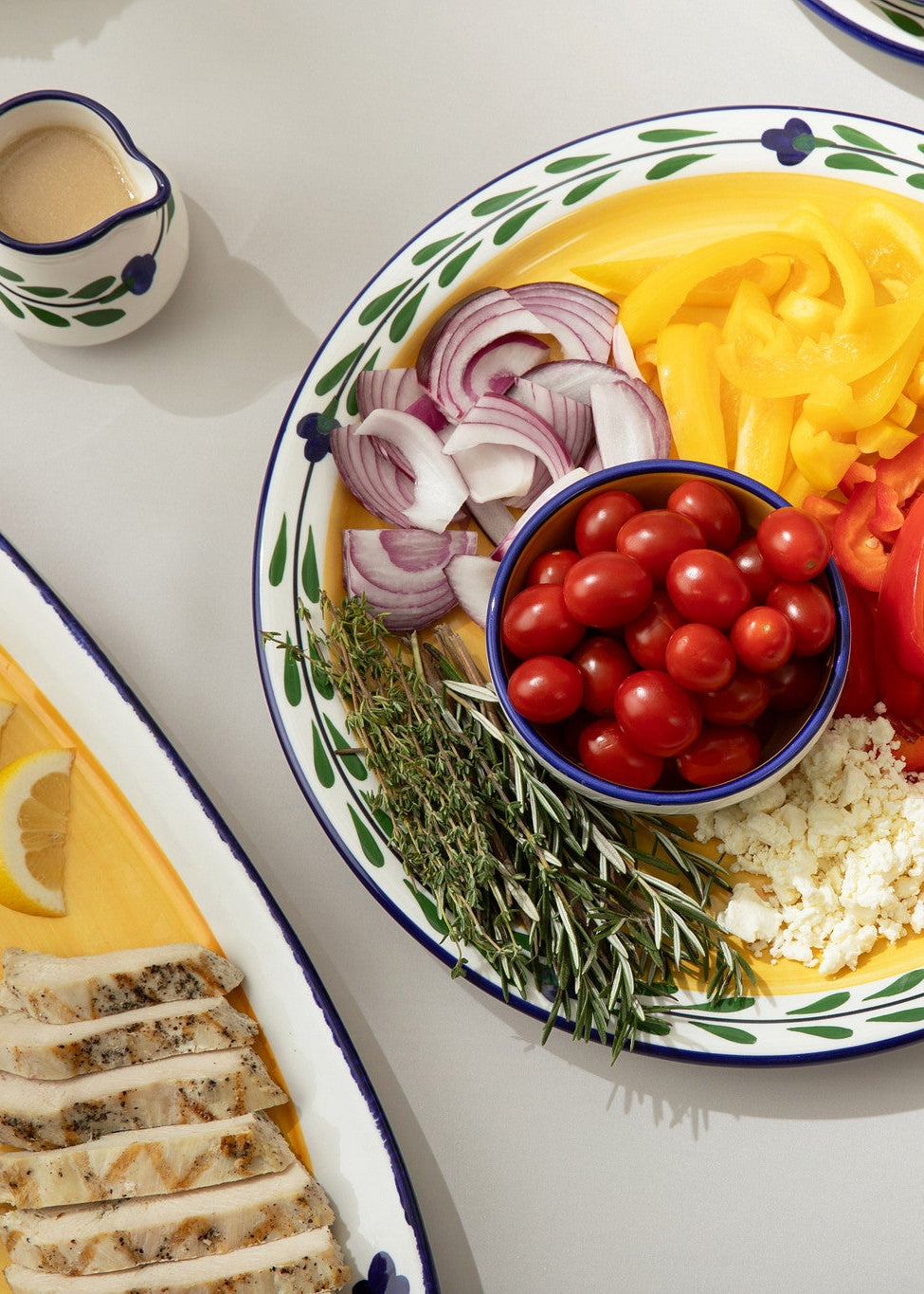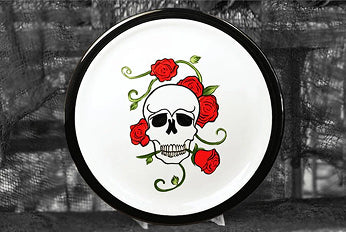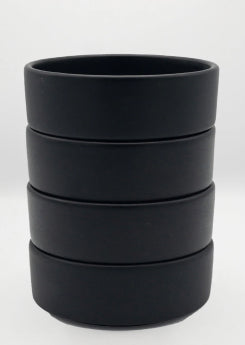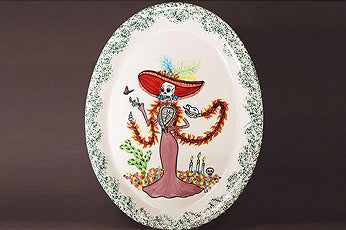
What Is the Difference Between Flatware and Dinnerware?
When setting a table, the right combination of flatware and dinnerware can elevate your dining experience, adding both style and function. However, these terms are often confused or used interchangeably, leading to misunderstandings about their distinct roles. Flatware and dinnerware are essential components of table settings, but they serve very different purposes and are designed with unique characteristics.
In this guide, we’ll explore the differences between flatware and dinnerware, helping you understand how to choose and use each for your next meal or dining event.
Understanding Flatware: More than Just Utensils
Flatware refers to the kitchen utensils used for eating and serving food, including forks, knives, spoons, and serving utensils like ladles or spatulas. They are an essential part of the dining experience, influencing both the function and aesthetics of a meal.
Components of Flatware:
-
Forks: Used for piercing and picking up food, forks come in various types and may include a dinner fork, salad fork, dessert fork, or all of the above. Each type serves a specific purpose, adding refinement to the dining experience.
-
Knives: From butter knives to steak knives, knives are designed for cutting, slicing, and spreading. The shape, size, and sharpness of each knife varies depending on its intended use.
-
Spoons: Spoons are versatile utensils used for scooping, stirring, and serving. They come in many forms, including teaspoons, soup spoons, and dessert spoons.
-
Specialty Pieces: Flatware sets may also include specialty items like serving spoons and cake servers, or specialty utensils for eating food such as seafood forks, which are tailored for specific dishes and occasions.
Materials Used in Flatware:
Flatware is commonly made from materials such as stainless steel, silver, or gold-plated metals. Stainless steel is the most popular due to its durability, ease of maintenance, and resistance to tarnishing. Silver flatware, while more luxurious, requires regular polishing and maintenance to keep it looking its best.
Choosing the Right Flatware:
When selecting flatware, consider factors like the design, weight, and balance. The style of your flatware should complement your dinnerware and overall table setting, while the weight should feel comfortable in hand. High-quality flatware can enhance the dining experience, making it more enjoyable and elegant.
Dinnerware: The Foundation of Your Table Setting
Dinnerware refers to the dishes and serving pieces used to present and eat food, including plates, bowls, and platters. It sets the stage for your meal, reflecting your style and setting the tone for the dining experience.
Components of Dinnerware:
-
Plates: Plates come in various sizes and types, such as a dinner plate, salad plates, and dessert plates. Each plate is designed for specific courses, adding structure to the meal presentation.
-
Bowls: Bowls are versatile pieces that may include a soup bowl, salad bowl, pasta bowl, and more. They vary in size and depth, catering to different types of dishes.
-
Cups and Mugs: These pieces are used for beverages like coffee, tea, or hot chocolate. Some dinnerware sets also include matching saucers.
-
Serving Pieces: Dinnerware often includes larger serving pieces such as platters and serving bowls, which are used to present food family-style at the table.
Materials Used in Dinnerware:
Dinnerware is available in a wide range of materials, including porcelain, stoneware, earthenware, and bone china. Each material offers different benefits:
-
Porcelain: Known for its durability and elegance, porcelain is resistant to chipping and can handle both hot and cold foods. It’s often used in fine dining settings.
-
Stoneware: Heavier and more rustic in appearance, stoneware is perfect for both everyday use and more artistic situations, such as to display food. It’s durable and often comes in a variety of glazed finishes.
-
Earthenware: Less durable than porcelain and stoneware, earthenware is more affordable and offers a casual, handmade aesthetic.
-
Bone and Fine China: Bone china and fine china are the most luxurious and lightweight options, known for their delicate appearance and strength. They are perfect for formal settings.
Choosing the Right Dinnerware:
When selecting dinnerware, consider the occasion and your personal style. Everyday dinnerware should be durable and easy to clean, while formal dinnerware can be more delicate and ornate. Matching your dinnerware to the theme and tone of your event will enhance the dining experience, making your table both beautiful and functional.
Key Differences Between Flatware and Dinnerware
-
Purpose: The primary difference lies in their purpose—flatware is used for eating and serving, while dinnerware is used to hold and present food.
-
Materials: Flatware is usually made from metals like stainless steel or silver, while dinnerware or crockery refers to pieces made from ceramics, porcelain, or stoneware.
-
Components: Flatware includes utensils like forks, knives, and spoons, whereas dinnerware includes plates, bowls, and serving dishes.
-
Design and Aesthetics: Both flatware and dinnerware come in a variety of styles, but they should complement each other for a cohesive table setting.
-
Maintenance: Flatware often requires different care, especially if made from silver, which tarnishes over time. Dinnerware maintenance varies by material; some can be dishwasher-safe, while others may require hand washing.
How Flatware and Dinnerware Work Together
A well-coordinated combination of flatware and dinnerware enhances the overall dining experience, both aesthetically and functionally. The right pieces can elevate a casual meal into something special or add elegance to a formal gathering. Here are some tips on how to pair your flatware and dinnerware:
-
Consistency in Style: Choose flatware and dinnerware that share a similar style or theme. For instance, modern flatware pairs well with sleek, minimalist dinnerware, while ornate silver flatware complements classic, detailed bone china.
-
Balancing Colors and Finishes: Consider the colors and finishes of your table setting. Matte black flatware can create a striking contrast with white porcelain plates, while gold flatware adds a touch of luxury to any setting.
-
Size and Proportion: Ensure that your flatware and dinnerware are proportionate to each other. Oversized dinnerware with delicate flatware can look mismatched, so balance is key.
Elevate Your Dining Experience
Understanding the differences between flatware and dinnerware helps you make informed choices that enhance your table setting. By selecting the right combination of utensils and dishes, you create a harmonious dining experience that reflects your style and meets the needs of the occasion.
Whether you’re hosting a casual family dinner or an elegant formal event, skip the plastic utensils and instead choose the right flatware or dinnerware to creating a memorable dining experience. Explore different materials, designs, and combinations to find the perfect match for your table, and let your flatware and dinnerware work together to make every meal a special one.
HF Coors Ceramic Tableware
HF Coors offers a unique blend of quality, craftsmanship, and American-made pride in every piece of ceramic tableware. Known for its exceptional durability, vibrant designs, and unmatched attention to detail, HF Coors tableware is built to withstand the demands of everyday use while adding elegance to your dining table. Each piece is crafted with care, right here in the USA, ensuring the highest standards of safety and quality.
Whether you’re looking for versatile dinnerware for daily meals or stunning pieces for special occasions, HF Coors provides the perfect balance of form and function, making it the ideal choice for those who value both style and substance in their tableware. Visit our website at hfcoors.com to create a dining experience that stands out in every way.














